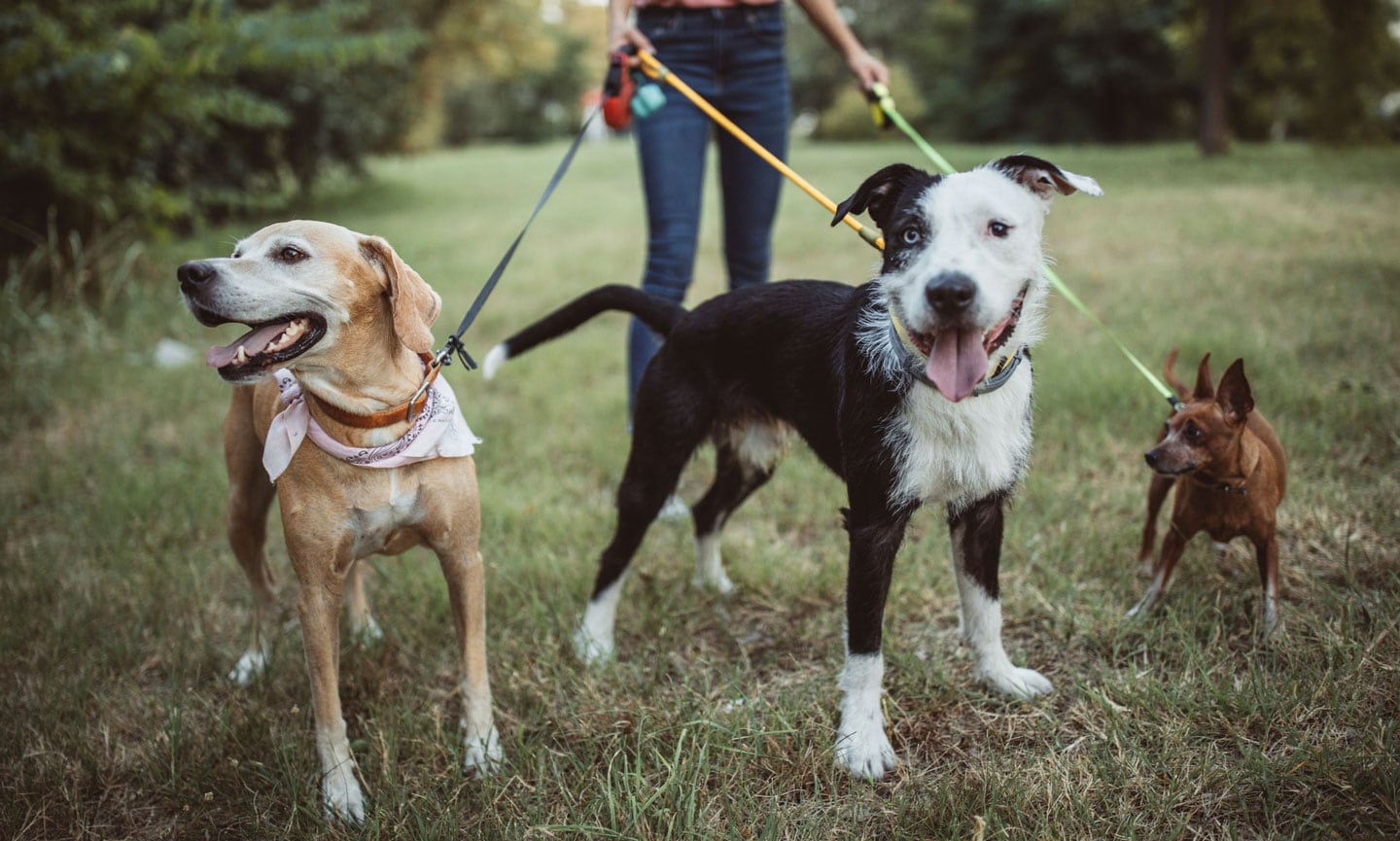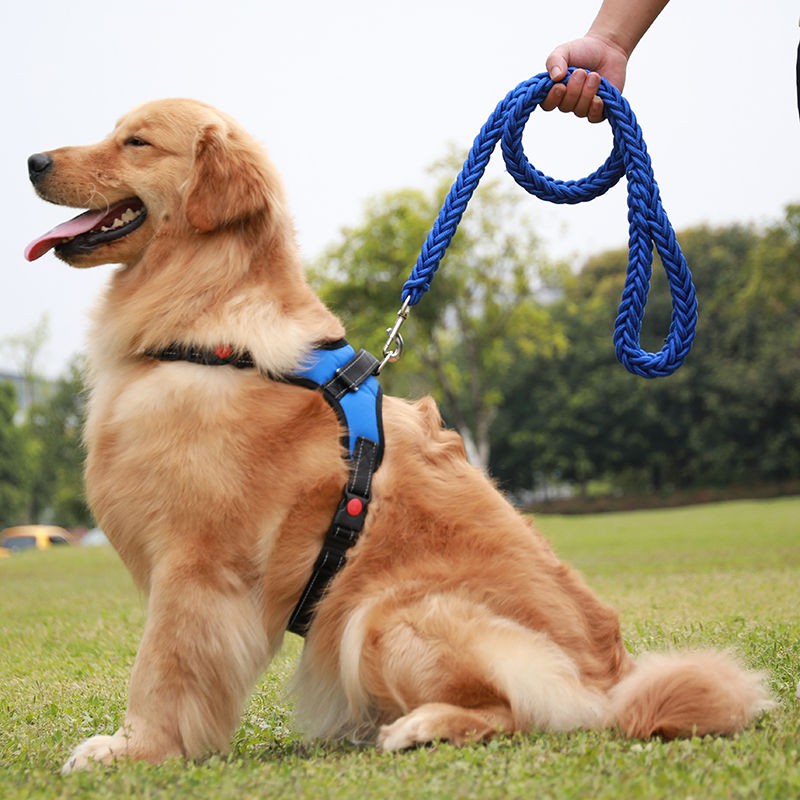Attaching dogs to a tether or chain, also called tethering, is a method some owners use to restrain and manage their dogs outdoors. However, regular tethering is controversial and complex. This article will explore the pros and cons of tethering dogs, risks to avoid, and tips to make the practice more humane if used.
Why Tether a Dog?
Some common reasons for tethering dogs include:
- Keeping the dog securely confined to a yard or property.
- Preventing escapes or roaming as an alternative to fencing.
- Managing and training young, energetic dogs.
- Supervising dogs when away from home for short time periods.
- Offering outdoor access when no one is home to actively supervise.
- Restricting movement after surgery or injuries while healing.
When used judiciously, tethers can provide control of rambunctious dogs. But many experts argue the risks outweigh these benefits.

Potential Benefits of Tethering Dogs
- Provides secure outdoor containment without need for expensive fencing.
- Allows dogs some freedom of movement and fresh air when unsupervised.
- Limits destructive jumping, digging, and hyperactivity.
- Gives the dog access outside when crated confinement is not preferred.
- Allows young dogs monitored outdoor time for house-training purposes.
- Restrains dogs recovering from surgery or illness to limit activity.
Proper tethering should never be used as a permanent substitute for walks, training, and proper socialization. But short-term, it may provide controlled outdoor time under the right conditions.
Is Tethering Harmful for Dogs?
Tethering does carry significant risks that pet owners must consider:
- Frustration and stress from inability to escape perceived threats. Dogs feel trapped.
- Entanglement and strangulation if tether is too long or heavy.
- Injuries if tether becomes wrapped around the dog’s legs or neck.
- Limited socialization and exercise that can lead to aggression and anxiety.
- Boredom and frustration that encourages problem behaviors like digging or barking.
- Heat stroke if water and shaded areas are out of reach on the tether.
- Predator attacks from wild animals like coyotes unable to escape.
Regular, unsupervised tethering often jeopardizes dog welfare and safety. Owners must weigh hazards against any perceived benefits.

Tips for Safe, Humane Tethering
If tethering is absolutely necessary, some tips include:
- Use proper length tethers allowing access to shelter, water, and movement without entanglement.
- Never use chains, rope, or pinch collars which pose injury risks. Use lightweight tie-outs designed for tethering.
- Rotate body attachment location and monitor for chafing. Use harnesses not collars.
- Provide toys and distraction items to alleviate boredom.
- Avoid leaving dogs tied when not at home to supervise and un-tether quickly if distressed.
- Make arrangements for bathroom breaks, exercise, and attention daily. Do not permanently tether.
- Use tethering only when absolutely needed for management. It should not substitute for training and engagement.
With common sense and safety in mind, limited tethering may be an option for control of rowdy dogs. But longer-term chaining carries too many hazards to justify.
Frequently Asked Questions
How long can I safely tether my dog?
Experts recommend no more than 1-2 hours maximum of supervised tethering daily to avoid boredom and frustration. Unattended, dogs should never be tethered for any significant length of time.
Where is the best place to tether a dog outside?
Choose locations with shade, shelter, water access, and no hazards for wrapping like trees and poles. Avoid areas close to fences where dogs may tangle the tie-out.
Can tethering help train dogs?
It can prevent bad behaviors, but tethering alone does not teach good behaviors. Use reward-based training too. Tethering should only train dogs to be calm when restrained, not as primary obedience method.
Is tethering illegal?
Some areas prohibit unattended tethering, especially overnight. Owners can be cited for inhumane conditions if the tether lacks shelter, water, shade, or is too heavy. Check local laws.
When should tethering never be used?
Do not tether dogs exhibiting aggression, escapist behaviors, or during weather extremes. Also avoid when no one will be home to monitor the dog’s wellbeing.
The Takeaway
Tethering requires extreme caution and common sense to avoid injuries and frustration in dogs. With vigilant supervision and focus on welfare, very limited tethering may be appropriate in some contexts. But unsupervised, extended chaining carries too many hazards. Owners should rely on tethering as an absolute last resort for safety and humane care.




Inspiring story there. What happened after? Good luck!